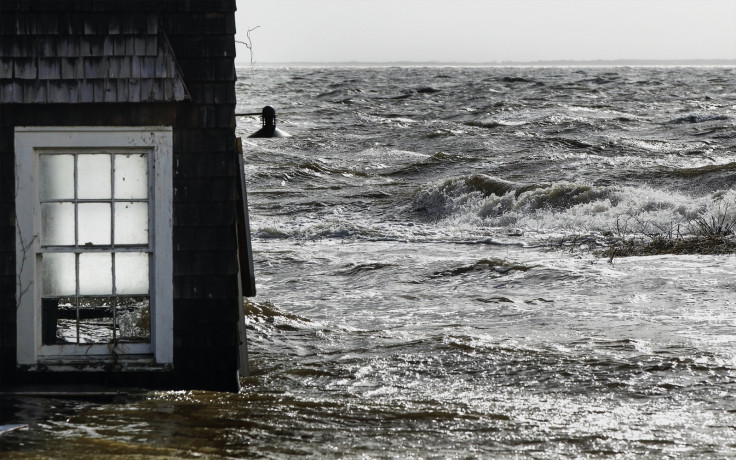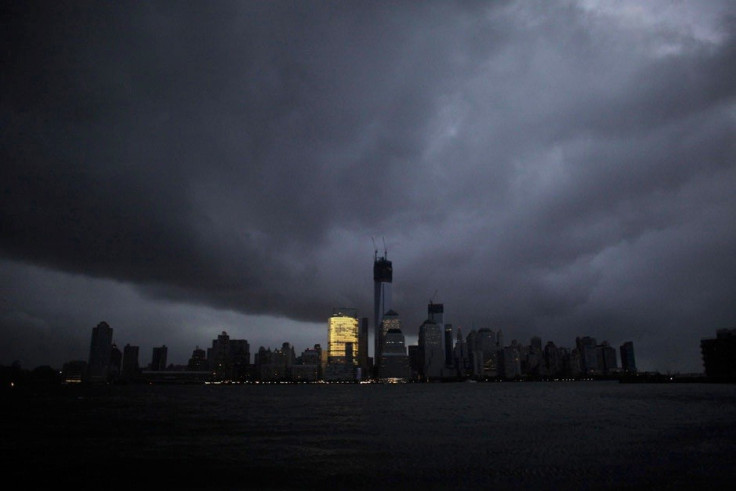US coastal cities along Atlantic and Gulf Coast at risk of '1, 2, 3 compound flooding punch'

Many major coastal cities in the US are at risk of compound flooding with such events steadily increasing over the past century, a study has found.
Almost 40% of the US population live in coastal areas and floods in these regions can have devastating impacts. Almost 300 people died when Hurricane Sandy hit the east coast in 2012 – when the storm surge hit New York City it flooded streets, tunnels and subway lines, cutting power across the city.
Researchers from the University of South Florida's College of Marine Science were looking at the risk of compound coastal flooding events driven by storm surge and heavy rainfall, compared with each event happening in isolation.
Using data going back to the 1950s, researchers looked at the chance of storm surge and heavy precipitation. They looked at sets of data about storm surge and rainfall at 30 American cities along the Gulf, Pacific and Atlantic coasts.
Findings showed the risk of a compound flooding event has increased significantly over the past century, with a "complex interplay" of three major mechanisms – elevated water levels in estuarine regions, storm surge flooding exacerbated by heavy rainfall and storm surge that blocks or slows down drainage.
"Knowing the probability of these compound events and understanding the processes driving them is essential to mitigate the associated high-impact risk," they wrote in the journal Nature Climate Change.

They also revealed flooding risk is particularly high in cities along the Atlantic and Gulf in comparison with those on the Pacific coast.
Researchers then looked at New York City as an example of future events. Their results showed an increase in compound events as a result of storm surge weather patterns that favour high precipitation, rather than events driven by high precipitation and accompanied by storm surges.
They also said the rainfall during Hurricane Sandy "was small in the historical context for such an event".
Concluding, they wrote: "Long-term sea-level rise is the main driver for accelerated flooding along the US coastline; however, under otherwise stationary conditions (no trends in individual records), changes in the joint distributions of storm surge and precipitation associated with climate variability and change also augment flood potential."
Lead author Thomas Wahl added: "Our results demonstrate the importance of assessing compound flooding and its links to weather and climate, but we need more research at local scales to determine impacts.
"That research will require complex, integrated modelling experiments that investigate surface and drainage flows and include storm surge, rainfall and river discharge. In light of climate variability and change, it will be important to develop a detailed understanding of future patterns of storm surge and high precipitation amounts occurring in tandem."
© Copyright IBTimes 2025. All rights reserved.






















